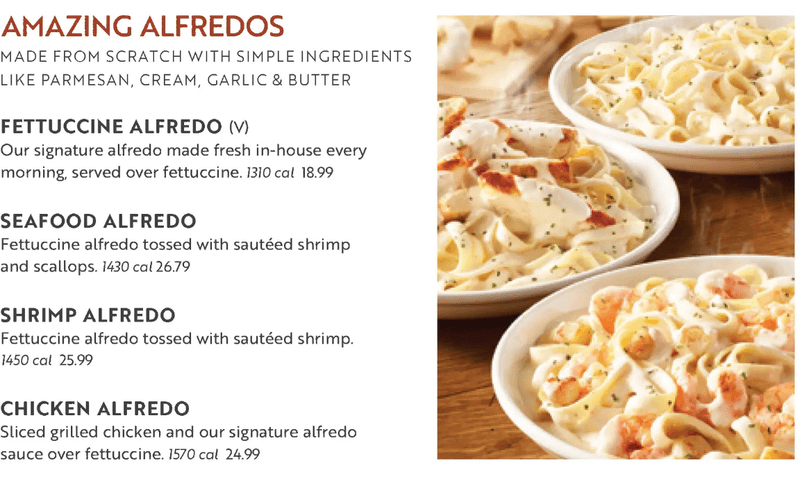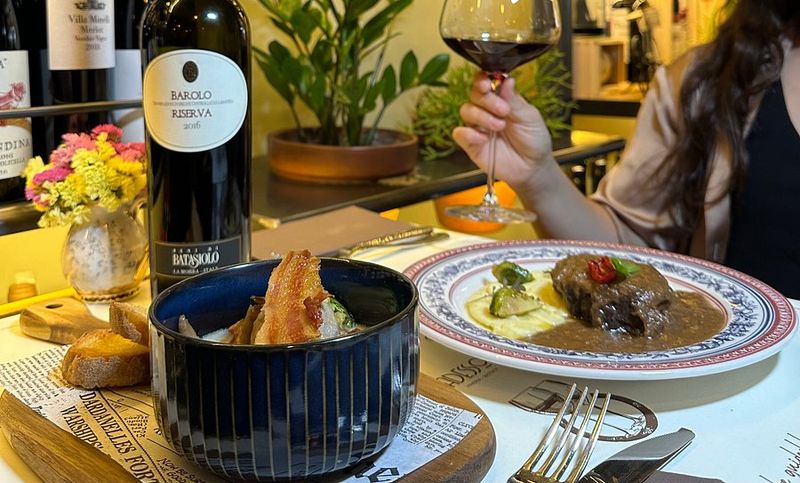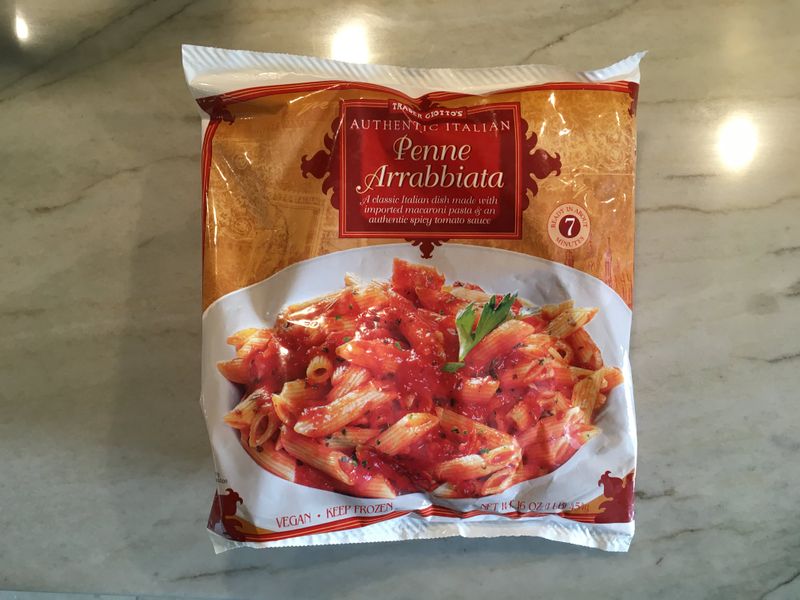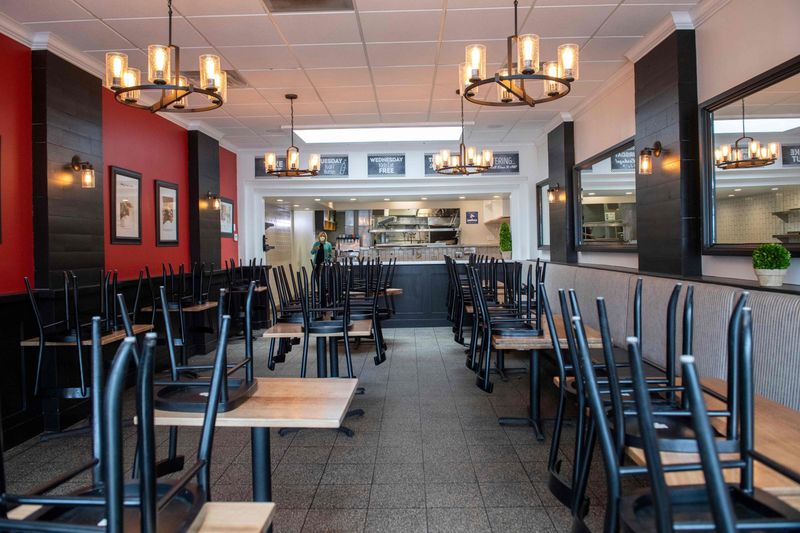When it comes to Italian dining, certain warning signs should make you pause and reconsider your choice. From the quality of ingredients to the authenticity of the ambiance, these red flags can indicate a less-than-stellar dining experience. In this guide, we’ll explore eleven specific red flags that signal you might want to choose another Italian spot. Whether you’re a seasoned foodie or simply craving some authentic lasagna, these insights will help you make an informed decision and enjoy a truly memorable meal.
Inauthentic Menu

Imagine opening a menu and spotting ‘spaghetti bolognese’ with a side of sushi. It’s an immediate signal that authenticity is not a priority here. Authentic Italian restaurants pride themselves on traditional recipes passed down through generations. If the menu is filled with misspellings or includes non-Italian dishes, it’s a sign that the restaurant might be cutting corners.
This lack of focus can affect the quality of what you’re served. Authenticity matters when it comes to Italian cuisine, as it’s steeped in history and regional flavors.
Overloaded Garlic Bread

The allure of garlic bread is undeniable, but when it comes overly saturated in butter and herbs, it’s a red flag. This often means the kitchen relies on heavy flavors to mask subpar bread quality. Real Italian cuisine focuses on fresh, quality ingredients, where even a simple loaf tells a story.
Finding the perfect balance of subtlety and flavor is an art. Overloaded garlic bread indicates a lack of finesse in the kitchen, suggesting other dishes may also be overdone or rely on similar masking tactics.
Lackluster Wine List

A true Italian restaurant boasts a well-curated wine list that complements its culinary offerings. If you glance at the menu and see only a handful of mass-produced options, it might be time to leave. Quality and variety in wine selection reflect the establishment’s dedication to offering a full Italian dining experience.
A limited or uninspired wine list suggests a disregard for pairing food with the perfect glass. This oversight can diminish the overall dining experience, leaving you with an unsatisfying meal.
Pre-packaged Desserts

Spotting pre-packaged desserts is a telltale sign of a restaurant that cuts corners. Genuine Italian spots take pride in crafting each dish, including desserts, with care and tradition. Tiramisu should be creamy, freshly made, and bursting with coffee-soaked layers, not something thawed from a box.
This lack of effort hints at a broader pattern of convenience over quality, where shortcuts are preferred. When a restaurant serves pre-packaged sweets, it often means the same approach might extend to other parts of the menu.
Questionable Sauce Colors

The vibrancy of a sauce can speak volumes. If the tomato sauce is an unnaturally bright red or the pesto a neon green, proceed with caution. Authentic sauces derive their color from fresh, natural ingredients and not synthetic additives.
Vibrant colors might mean artificial colorants, hinting at a lack of authenticity and potential health concerns. The sauce should not only complement the pasta but also reflect the genuine essence of Italian cooking, where simplicity and quality shine.
Frozen Pasta

Walking past the kitchen and spotting bags of frozen pasta can be disheartening. Fresh pasta, made daily, is the hallmark of a true Italian experience. Frozen pasta indicates a departure from tradition and could suggest a lack of care in the preparation process.
The texture and taste of fresh versus frozen pasta are worlds apart. This choice reflects a broader attitude toward quality and dedication, which might extend to other menu items as well.
Staff Unfamiliar with Dishes

When the staff can’t confidently describe the dishes or make recommendations, it raises concerns. Knowledgeable staff are crucial, as they enhance the dining experience by sharing insights into each dish’s origin and flavor.
A lack of familiarity with the menu suggests insufficient training and a disconnect from the restaurant’s culinary vision. This might result in a less engaging experience, where questions about preparation or ingredients go unanswered, leaving diners uncertain about their choices.
Empty Dining Room

Finding an empty dining room during peak hours can be unsettling. This often indicates a lack of repeat customers and possibly a reputation that precedes the establishment. While it’s not always a definitive sign, a consistently empty restaurant suggests potential issues.
Whether it’s inconsistent quality or poor service, empty tables send a message. For a cuisine as beloved as Italian, a bustling dining room is typically a testament to its appeal and authenticity.
No Seasonal Menu Changes

Italian cuisine is deeply tied to the seasons, with menus adapting to highlight fresh, local ingredients. A restaurant with a static menu that never changes its offerings may lack creativity and commitment to quality. Seasonal dishes suggest a chef who values fresh, exciting flavors and innovation.
When a menu remains unchanged, it could indicate a lack of investment in ingredients. This rigidity might be a sign to explore other options, where seasonal variations are embraced and celebrated.
Loud, Distracting Music

Music can set the mood, but when it’s too loud or distracting, it disrupts the dining experience. The ideal Italian setting balances ambiance with conversation, allowing diners to enjoy their meals and each other’s company.
Overpowering music suggests a lack of consideration for patrons’ comfort. It can overshadow the meal, making it difficult to savor the flavors and enjoy the evening. A restaurant should prioritize a harmonious atmosphere that enhances, rather than detracts from, the experience.
Non-Italian Chef

While culinary training spans cultures, an Italian chef brings authenticity rooted in tradition and heritage. Discovering the chef has no background in Italian cuisine might raise concerns. The intricate flavors of Italian dishes stem from a deep understanding of regional techniques and ingredients.
Without this foundation, the dining experience could lack depth and authenticity. A truly immersive Italian meal reflects the chef’s passion and connection to the culture, something that’s hard to replicate without genuine roots.
Leave a comment